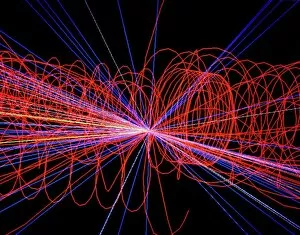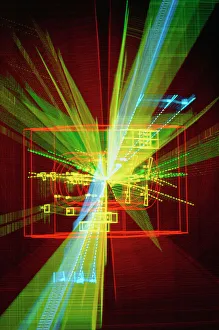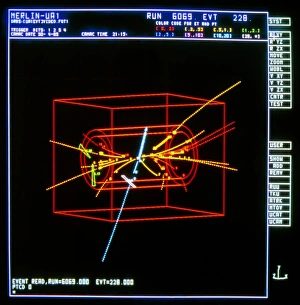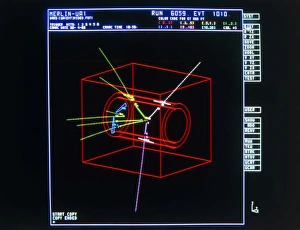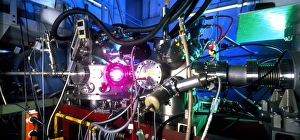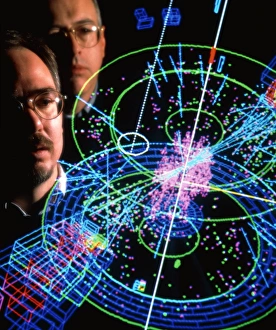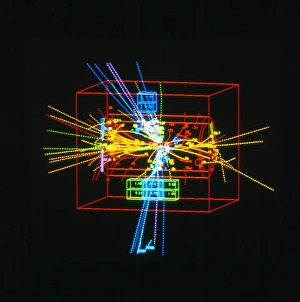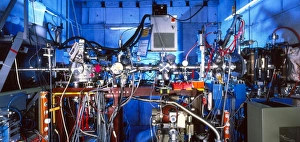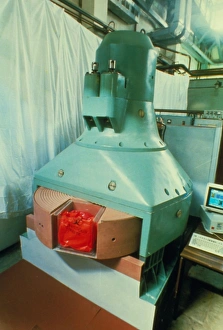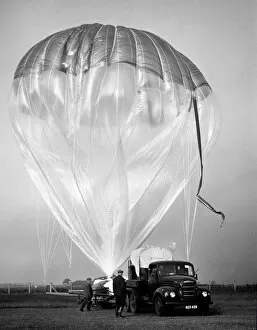Particle Physics Research Collection
"Unraveling the Mysteries of the Universe: Exploring Particle Physics Research" Step into the captivating world of particle physics research
All Professionally Made to Order for Quick Shipping
"Unraveling the Mysteries of the Universe: Exploring Particle Physics Research" Step into the captivating world of particle physics research, where scientists delve deep into the fundamental building blocks of our universe. Through cutting-edge simulations and groundbreaking experiments, they strive to unlock the secrets that lie within. Witness a mesmerizing simulation of Higgs boson production, a crucial phenomenon that sheds light on mass generation in particles. This intricate process unfolds at CERN, where particle interactions occur with astonishing precision. Marvel at the W particle decay captured by Ua1 detector, offering valuable insights into subatomic behavior. Art meets science as we encounter an exquisite artwork showcasing muon and neutrino detectors - instruments essential for studying these elusive particles. Delve further into detection technology with SHIP chamber, designed to identify chemical elements through meticulous analysis. Simulation takes center stage once again as we explore another glimpse into Higgs boson production. The sheer complexity and beauty of this phenomenon never cease to amaze. Venture beyond simulations and witness physicists observing a momentous collision between particles firsthand. Their keen eyes capture pivotal moments that shape our understanding of matter's intricacies. Intriguingly named bubble chamber scanner comes alive at Fermilab, revealing trails left behind by charged particles in a magnetic field. This remarkable tool aids researchers in unraveling hidden truths about our universe's composition. Particle beam target at GSI showcases yet another facet of scientific exploration - directing beams towards specific targets for precise experimentation. These controlled collisions offer invaluable data for physicists worldwide. Embark on this enthralling journey through particle physics research and discover how humanity pushes boundaries to comprehend the mysteries surrounding us all.


